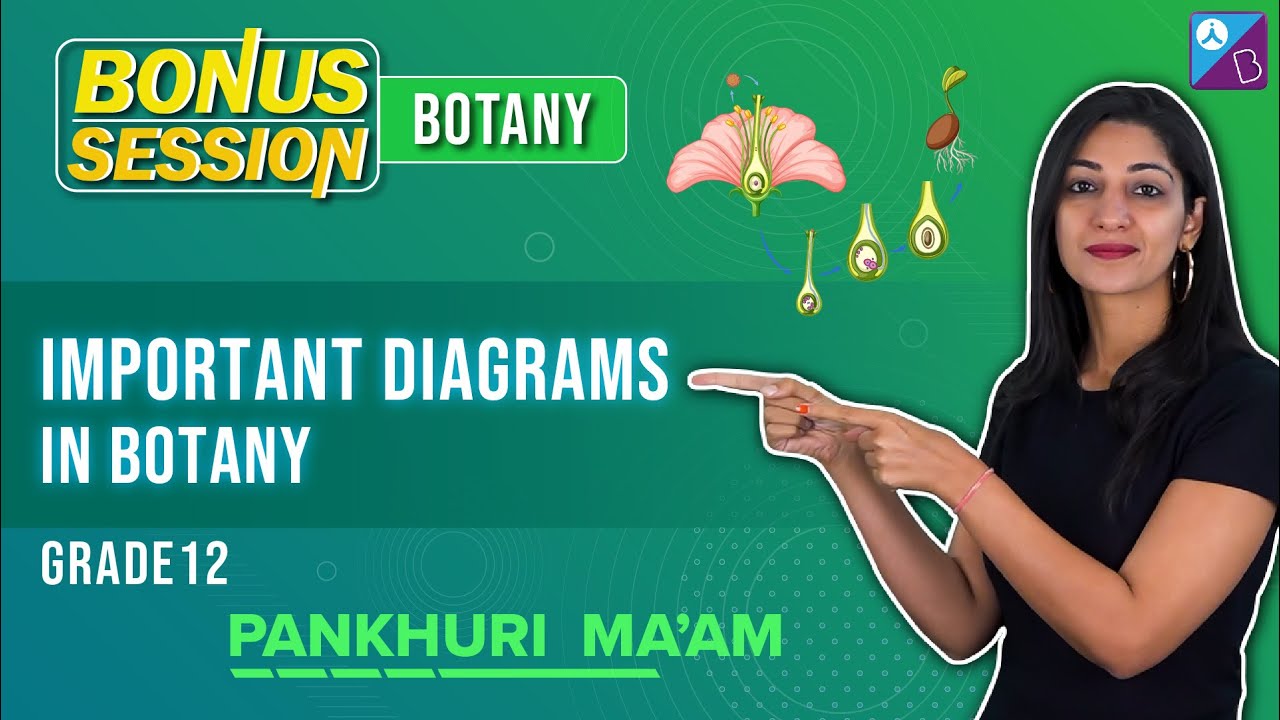Table of Content:
Vascular Plants
Vascular plants are those plants, which have specialised vascular tissues for the transport of water, minerals and food. They contain xylem for water and mineral transport from roots to different parts of the plant and phloem for the transport of food from leaves to other parts of the plant.
Vascular plants have diploid sporophyte stage as the dominant phase in the lifecycle. They contain true roots, stems and leaves.
Explore: Anatomy of flowering plants
Classification and Examples
Vascular plants are also known as tracheophytes. They are grouped under the subkingdom Tracheobionta of the Plant Kingdom.
Tracheobionta includes pteridophytes and all the seed-bearing plants called spermatophytes. Spermatophytes contain gymnosperms and angiosperms.
So pteridophytes, gymnosperms and angiosperms contain conducting tissues and are known as vascular plants. Bryophytes lack vascular tissues.
Vascular Tissues
Vascular plants contain specialized conducting tissues known as xylem and phloem. They are a type of complex tissue. The arrangement and structure of these tissues differ in different categories of vascular plants like pteridophytes, gymnosperms, monocots and dicots. Xylem and phloem in roots, stems and leaves are arranged together as a vascular bundle.
Protostele type of arrangement is the most primitive and simple arrangement of vascular tissues, where xylem is present in the middle surrounded by phloem tissues. In Angiospermic roots, xylem and phloem are present alternately in a radial arrangement and pith is present in the centre, whereas the vascular bundle of the stem is conjoint, i.e. xylem and phloem are present at the same radius and pith in the centre. Additionally, dicot stem contains cambium between xylem and phloem responsible for secondary growth.
Xylem
Xylem transports water and minerals from roots. Xylem in angiosperms is made up of tracheids, vessels, xylem parenchyma and xylem fibres. Tracheids and vessels are the main conducting tissues. Pteridophytes and gymnosperms lack vessels and tracheids are the main water-conducting tissues.
Also see: Xylem Parenchyma
Phloem
Phloem transports food produced during photosynthesis to other parts of the plants. Phloem in angiosperms is made up of sieve tube, companion cells, phloem parenchyma and phloem fibres. Pteridophytes lack sieve tubes and companion cells. Gymnosperms also lack sieve tubes and companion cells, instead, they contain albuminous cells and sieve cells. Generally, monocots lack phloem parenchyma.
So the vascular system consists of xylem and phloem which are bundled together forming a vascular bundle. Vascular plants contain these conducting tissues in different types of arrangements.
This was in brief about the vascular plants and tissues. Get access to all the NEET Questions with explanations, only at BYJU’S.
Frequently Asked Questions
What are vascular plants?
Vascular plants are a large group of plants that have lignified tissues called xylem for conducting water and nutrients throughout the plant. Likewise, they also have non-lignified phloem to conduct food produced during photosynthesis.
What is xylem?
Xylem is one of the vascular tissues seen in vascular plants. Its basic function is to transport water from roots to the leaves and stems. It also transports nutrients along with water. The conducting cells of the xylem are the vessel elements and tracheids. They also have other cell types like xylem fibres and xylem parenchyma.
What is phloem?
Phloem is another vascular tissue seen in vascular plants. It transports soluble organic compounds (sugars) to the plant parts through a process called translocation. The conducting cells in the phloem are the phloem parenchyma, sieve elements, companion cells and phloem fibres.
Recommended Video:
Class 12 Botany Most Important Diagrams for NEET 2022 Biology Exam Preparation

See More:
| Important Notes for NEET – Plant Kingdom |
| NEET Biology Flashcards |
| NEET MCQs |

Comments